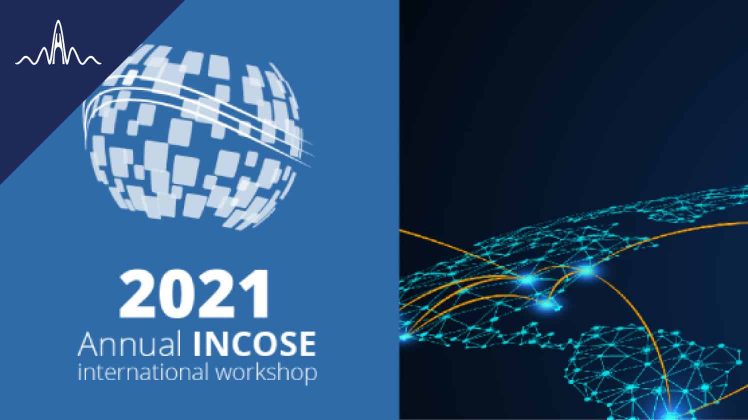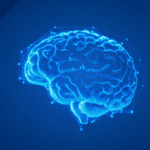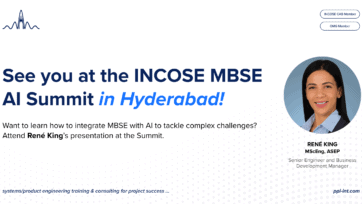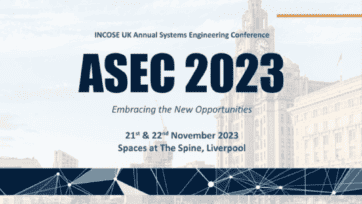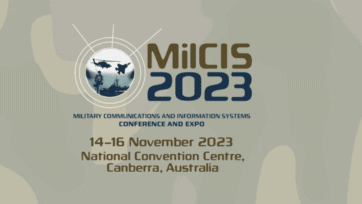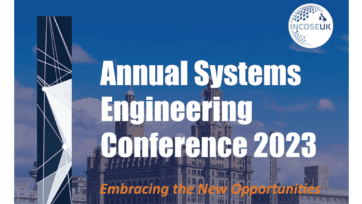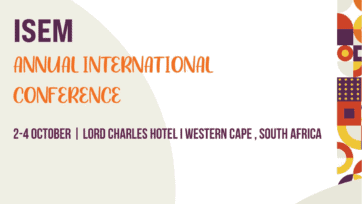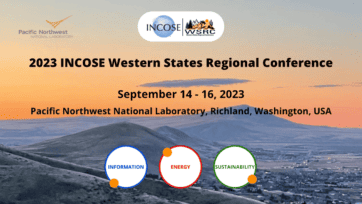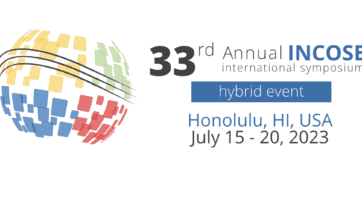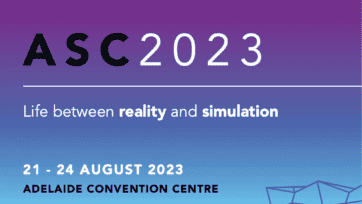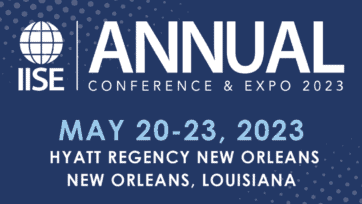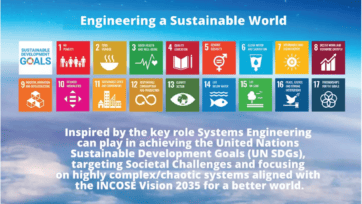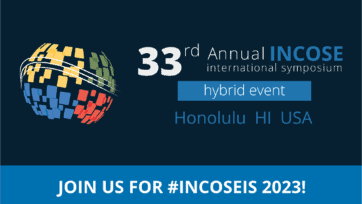By any criteria, the INCOSE International Workshop 2021 (IW), delivered virtually, was a great success for the 689 professionals who took part. Officially running over 29-31 January, the participation was well up from last year’s record of 590. Some of my colleagues actually preferred the virtual format, missing only the out-of-hours social interaction. I’m “on-the-fence” between physical and virtual – I certainly thoroughly enjoyed the event. The full IW actually spanned 25 January to 5 February, with Working Group and special activities such as development of the 5th Edition of the INCOSE Systems Engineering Handbook preceding and following the intense core period of the IW.
Some of the trends and themes of the IW, as I see them, are discussed below.
The Systems Engineering Tools Database (SETDB)

A major SETDB milestone was reached with the cutover on 28 January 2021 at the IW of the Systems Engineering Tools Database (SETDB), V0.9 beta, the product of a two-year joint development by PPI and INCOSE under a MOU to collaborate towards the advancement of systems engineering practice. The beta version has most of the core functionality, enabling tool vendor registration, INCOSE/PPI admin and tool vendor entry of tool data, and extensive SETDB user tool search functionality. Tool categories and tools are mapped to processes and other topics of the INCOSE Systems Engineering Handbook 4th Edition, and to PPI’s taxonomy of systems engineering process elements.
PPI’s mastery of systems engineering defines process elements of requirements analysis, physical (structural) design, logical design, effectiveness evaluation and decision making (the conduct of trade studies), specification of system elements, system integration (building the system in development), verification of work products, validation of work products, specialty engineering, and systems engineering management.
These process elements, when coupled with the experience needed to select and tailor them to a given task environment, are capable of creating effective solutions to a wide range of system challenges. The elements, applied recursively and with degrees of iteration dependant on novelty, complexity, and stability of need, embrace the totality of systems engineering practice. The value of SE is much more than just efficient product development; the approach is also readily applicable to addressing socio-technical challenges, improving enterprise systems used for development, production, marketing, maintenance and disposal, and enhancing policy and governance decisions. The definition and mapping of tools reflects this diversity of application.
More: see the SETDB beta version (V0.9) home page at systemsengineeringtools.com
Professional Development Portal
INCOSE has a project underway lead by Kirk Michaelson to develop a Professional Development Portal (PDP) to better serve existing INCOSE members and to drive new interest amongst other professionals. Intended for career development of systems engineering practitioners, the PDP will provide knowledge content across categories such as:
- Products from INCOSE
- Products from Collaborating Organizations
- Products from Commercial Providers
- Products from Academic Institutions
- Products in the Public Domain.
Functionality is intended to include competency self-assessment and a payment system for chargeable value (yes, that is what was presented at the IW!).
A Strong Trend Towards Digital Engineering (DE), but …
Digital engineering has been defined as an integrated digital approach that uses authoritative sources of systems’ data as a continuum across disciplines and organizational boundaries to support system life cycle activities from concept through to disposal.
Model-Based Systems Engineering (MBSE) has been defined as the formalized application of modeling in performance of or in support of understanding, requirements capture and validation, design, verification and validation activities, application beginning with early problem definition, continuing through solution development and remaining through later system life cycle phases.
Note that DE is concerned with the digitization, exchange of, and access to engineering data as a single source of truth on a lifecycle basis. MBSE, if used, creates a subset of the data, i.e. models, that may be subject to DE.
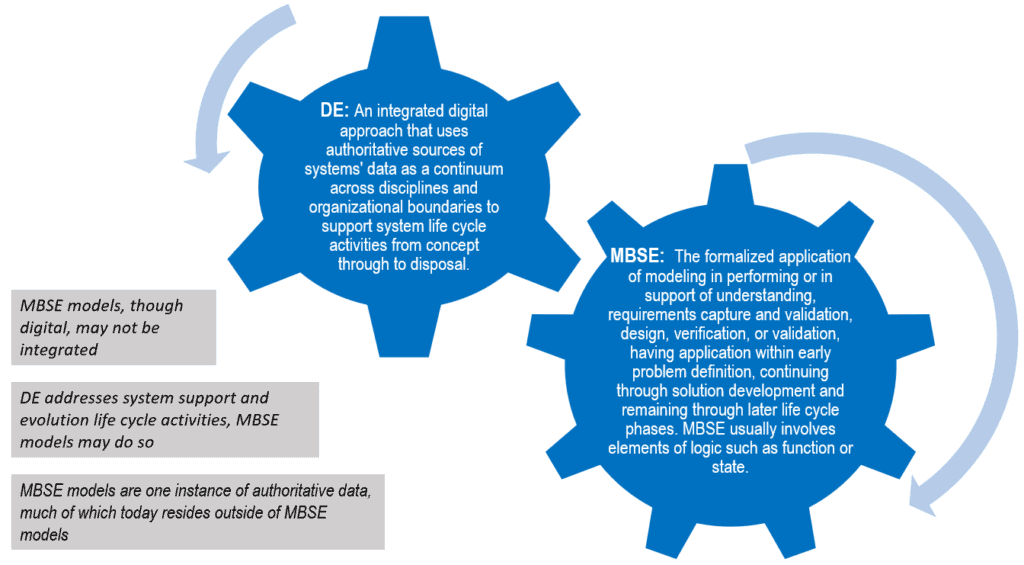
MBSE can be practiced without DE. Yes, the models in 2021 are almost always in digital format, but the models may not be integrated, may not be shared across discipline or organizational boundaries, and may not support the product or system on a lifecycle basis.
Similarly, DE can be practiced without MBSE. In fact, if one looks at the collective volume of engineering practice, the use of MBSE is low. This experience-based claim is supported by the MBSE Maturity Survey results 2-2020 (Technical Report SERC-2020-SR-001 reporting on MBSE take-up in a joint INCOSE/NDIA/SERC study). If MBSE practice is low but products are being engineered, ipso facto the product data must be mostly non-MBSE. Such data is in digital form, is being shared as a single source of truth, and is being managed and used on a lifecycle basis. The evidence lies in the proliferation of Product Lifecycle Management (PLM) tools such as, for example, Siemens Teamcenter, the Dassault Systèmes family of tools, and PTC’s Windchill, to name three of many.
Many, many excellent sessions of the IW2021 were devoted to DE and/or MBSE. However, a number of sessions muddled up DE and MBSE, in some cases even claiming the names are synonyms. This is unhelpful. The muddling of DE and MBSE, notwithstanding the important relationship between them, muddles and compromises the vastly different primary objectives of each:

The Smart Cities Initiative
INCOSE’s Smart Cities initiative is clearly gaining momentum. The Smart City concept comprises Smart Infrastructure, Smart Transportation, Smart Energy, Smart Healthcare, and Smart Technology, and more, with a human-centric focus. It is believed that the systems engineering knowledge, experience, and skillset of INCOSE members is strategically positioned to support global communities as they embark on supporting the multi-faceted Smart Cities initiative. This Initiative is supporting municipalities and public agencies in adopting Smart Cities technologies by applying systems engineering principles and tools. TUS Solution LLC of Ulaanbaatar, Mongolia, was a major participant in the IW activities of the Smart Cities initiative. PPI (René King and myself) visited TUSS in 2019. See https://tussolution.mn/en/news/project-performance-international-baiguullagyn-toloologchidtei-khamtarsan-ailchlalyn-tukhai.
More information (INCOSE members only): https://connect.incose.org/ProgramsProjects/SmartCitiesInitiative/sProjects/SmartCitiesInitiative/SitePages/Home.aspx
Systems Science, Systems Engineering Principles and Systems Engineering Heuristics
Systems science, systems engineering principles and systems engineering heuristics were a conspicuous focus of the IW, with three well-attended 2-hour sessions in which I participated as a member of both the INCOSE Principles Action Team (IPAT) and the Heuristics Team. Our Heuristics Team demonstrated for comment an online prototype tool presenting to users 88 systems engineering heuristics, each with rationale/elaboration, topic category and other data.
INCOSE Vision 2035
SE Vision 2035 is an INCOSE project to progress its systems engineering vision further into the future from the current Vision 2025, which was released in 2015. The Vision 2035 is intended to be used by systems-oriented organizations in government, industry and academia worldwide; INCOSE believes that the current edition of the Vision has resulted in numerous practical actions to improve the perspective and practice of systems engineering. The Vision’s value is in creating well researched technical, scientific, and societal projections that can serve as strategic orientation for future system developments. The Vision is intended to inspire and guide the future direction of system developments, providing a roadmap for how the community can navigate the many practical actions needed to advance systems engineering and achieve this vision. The intent stated by INCOSE is to ensure that the Vision 2035 is of high value to the broader systems community, reflecting the perspectives of as many members of that community as possible. The Vision may avoid use of the term “engineering”, since an aim is to embrace communities beyond engineering, such as policy and more.
The Vision 2035 is understood to presently exist in draft form and is about to enter an internal (to INCOSE) review phase.
Requirements Engineering Work Products
The purpose of the Requirements Working Group (RWG) is to advance the practices, education and theory of needs and requirements development and management and the relationship of needs and requirements to other systems engineering functions. The RWG, chaired by Tami Katz, is one of INCOSE’s most active Working Groups, and this IW has been no exception regarding activity. The WG held several meetings, working on product development and product planning. An in-development Needs and Requirements Lifecycle Manual was a major focus of the RWG.
The RWG has ambitious plans for development of additional requirements engineering work products, shown below.

More information: https://www.incose.org/incose-member-resources/working-groups/process/requirements
INCOSE Product of the Year Award
This year’s award went to a Model-Based Capabilities Matrix, a comprehensive tool developed to assess the model-based capabilities of an organization. The tailorable tool lends itself to many uses, including education, self-assessment, use in reviews, benchmarking, roadmap development, product quality improvement, and process improvement. The Matrix incorporates 42 unique capabilities. Provided as an Excel spreadsheet, the matrix can be tailored to suit user needs.
Increasing Stages of Capability are defined as:
- Stage 0: No MBSE capability or MBSE applied ad hoc to gain experience
- Stage 1: Modeling efforts are used to address specific objectives and questions
- Stage 2: Modeling standards are applied; ontology, languages, tools
- Stage 3: Program/project wide capabilities; model integrated with other functional disciplines, digital threads defined and digital twin
- Stage 4: Enterprise wide capabilities: contributing to the enterprise, programs/projects use enterprise defined ontologies, libraries, and standards
More information: https://www.incose.org/docs/default-source/default-document-library/leading-mbse-transformation_v5.pdf?sfvrsn=48e59bc6_0
Risk Management
The INCOSE Risk Management Working Group (RMWG) scope includes Risk and Opportunity Management process, methods and tools as they relate to Risk Management within the context of systems engineering throughout the system life-cycle. This framing definition excludes Opportunity Management that would apply to business enterprise or service activities pursued outside the context of Risk Management, and Risk and Opportunity Management outside the context of systems engineering.
The RMWG also had a big IW, with six meetings devoted mainly to risk management content of the INCOSE Systems Engineering Handbook 5th Edition.
More information: https://www.incose.org/incose-member-resources/working-groups/process/risk-management
The Usual Language Muddle
Sadly, but not unexpectedly, miscommunication was widely evident, with the usual consequences. Terms like ConOps, Work Breakdown Structure, enabling system, emergent property, system(s) of systems, concurrent engineering, MOE, MOP, verification, validation, requirement, MBSE, performance… agh! The list goes on.
Some More Statistics for the IW
A total of 29 countries participated, ranging from the usual suspects to Colombia and Mongolia, both of which have growing systems engineering communities. The United States dominated in numbers, with France a distant second, then Australia (PPI contributing about 25% of Australia’s registrations!). According to the organizing team, a total of 133 Working Group meetings was held, 72 interactive Workshops, and 5725 Zoom connections! Congratulations and thanks to everybody who contributed to this outstanding event, whether as a an organizer or as a participant. Well done guys and gals!
Best regards to all,
Robert
